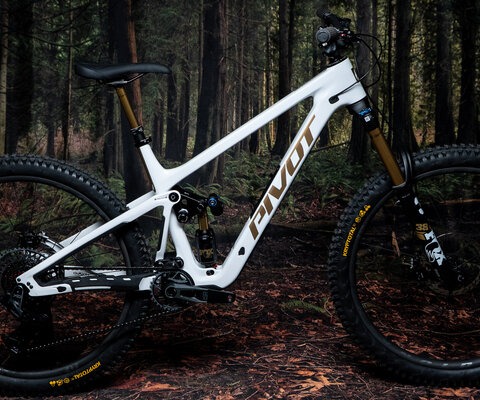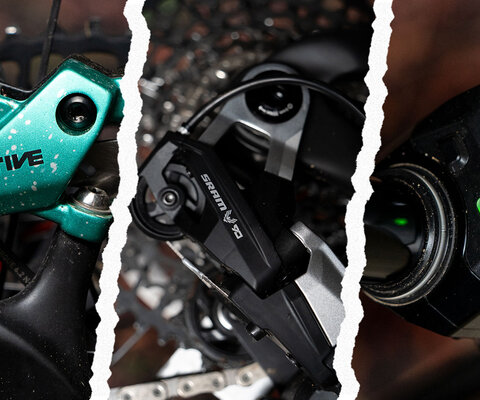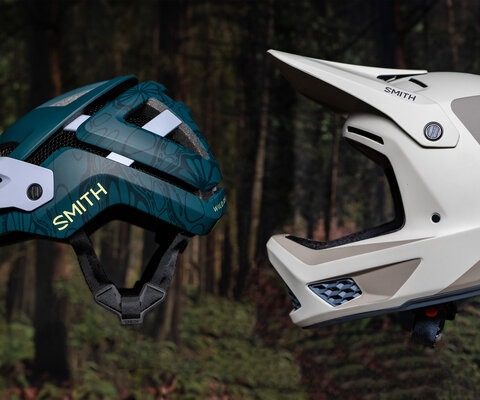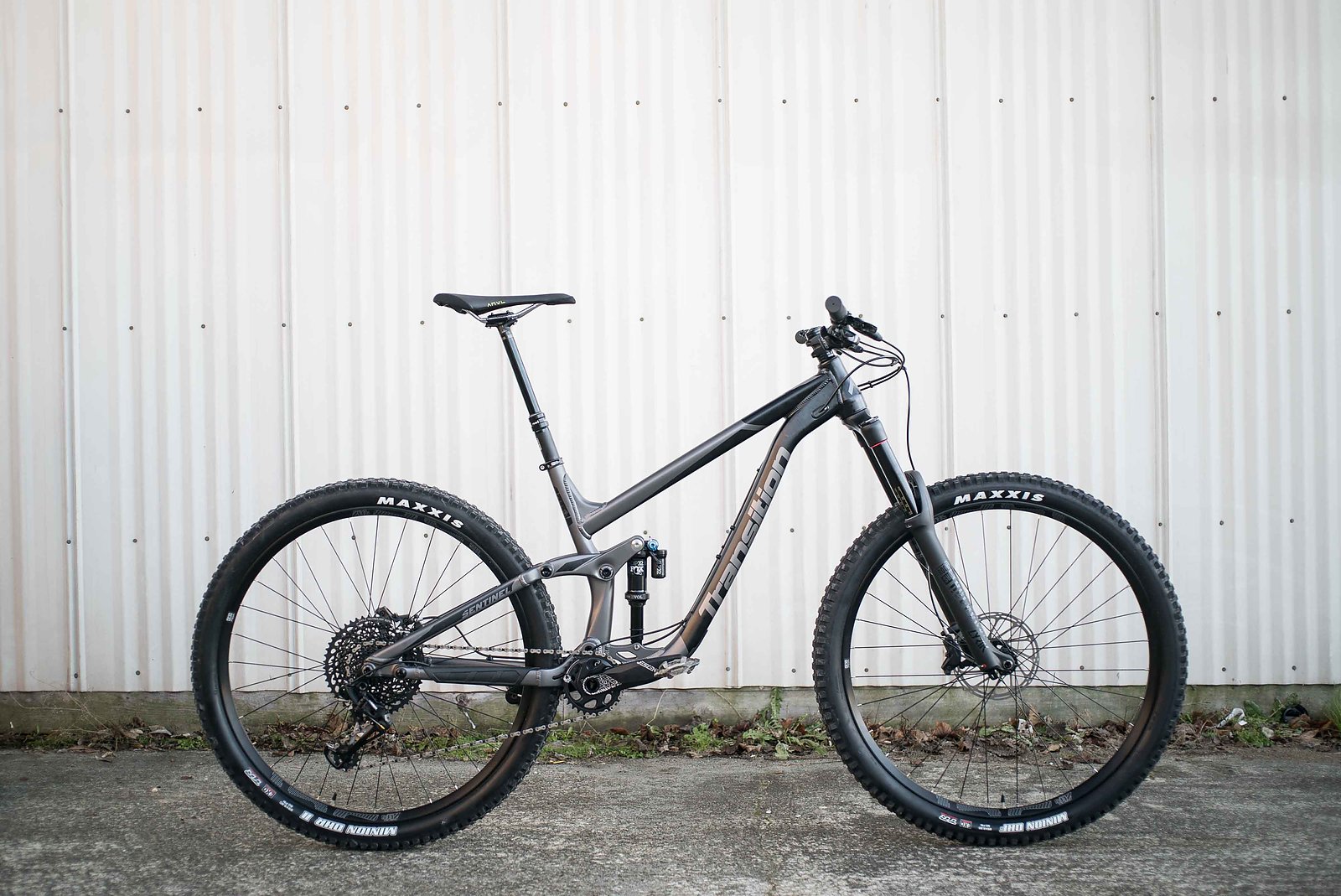
Transition Sentinel Bike Review
Words by Spencer Astra | Photos by Jann Eberharter
I love to ride heinously steep trails...
It’s kind of my thing. So when I heard about Transition Bikes’ new Speed Balanced Geometry (SBG), a platform that supposedly improves upon stability and handling by adjusting crucial angles and the offset of the front wheel, I was immediately excited. The biggest change they made is to what’s called steering trail, or the function of the headtube angle, fork offset and wheel size.
While the changes in frame geometry that have been made in the past five years are staggering, steering trail has not changed, and so, according to Transition, “modern” geometry is still being held back by trail. The biggest reason for this is the fork offset, because that would mean not just tweaking a bike’s geometry, but creating a new standard for forks—and that would mean getting giants like RockShox and Fox on board.
Somehow, the wizards at Transition managed to do just that, enabling their SBG platform to be brought to the masses. As a rider who seeks out the most aggressive trails that I can find, I’m all ears to any advantages that geometry can provide. With a symphony of updates—including a steeper seat tube angle, longer reach, shorter stem, super slack head tube angle and reduced fork offset—there’s no way this bike could not handle starkly different.
The Sentinel was Transition’s first bike with SBG to hit the market, although now their Patrol, Scout and Smuggler have the technology too. As a big bike with big wheels and a good amount of travel (160mm in the front, 140 in the rear) the Sentinel is a bike designed for the exact kind of terrain I like to ride. And, as Transition claims, it’s a bike “designed for 29er skeptics,” meaning with the updated geo it should have maximum maneuverability coupled with unparalleled stability. Well, there’s only one way to find out.
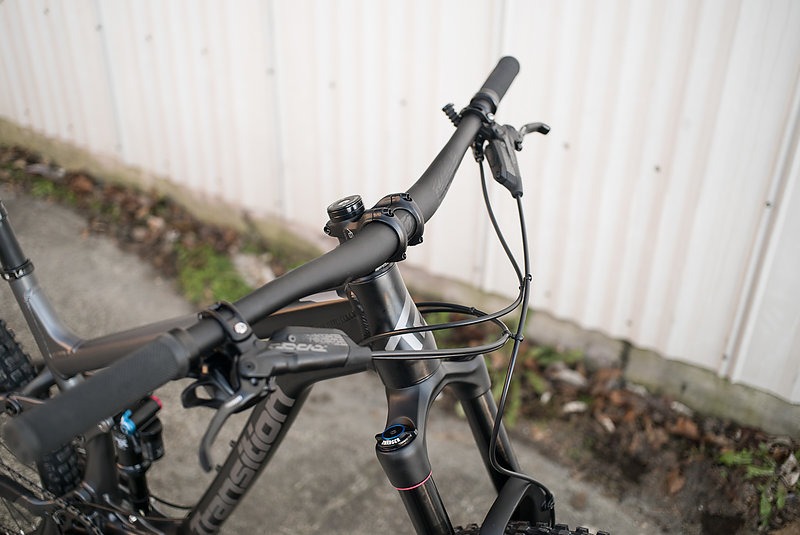

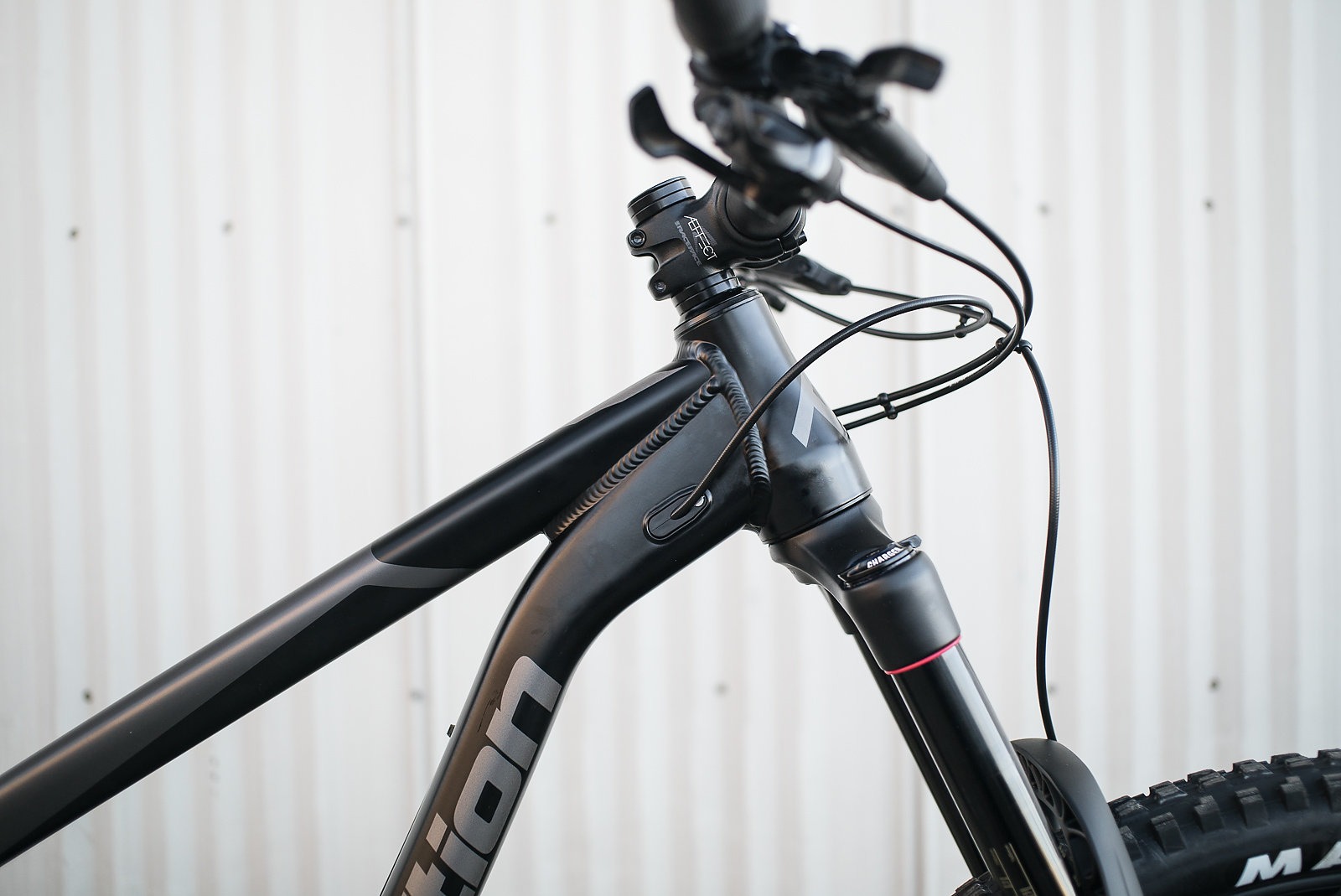
The Ride
The most noticeable feature of the bike is how centered I felt over the wheels while in the saddle. As I cranked up my climbs the power made its way nicely to the rear wheel. The suspension was constantly bobbing up and down over the roots, rocks and pot holes. With its long wheelbase it feels a bit like a dirt bike and adds stability to the climb. On a few of the tighter switch backs it felt slightly cumbersome, but the low center of gravity gives confidence to clear through the worst crux on any climb.
This alloy bike is not for the crowd that counts grams. As a 200-lb rider I appreciated the decision to beef the bike up—the tubing is thick and looks capable. In particular, the chain stay seems to be an area of special reinforcement. Even though the bike is heavy it somehow manages to feel playful. When you get out of the saddle there is plenty of real estate and it feels enjoyably roomy.
I found myself having fun on even the flattest sections of trail. With the long top tube and short stem the Sentinel is a stone cold killer in the rhythm sections and the progressive suspension rewards a preloaded jump.
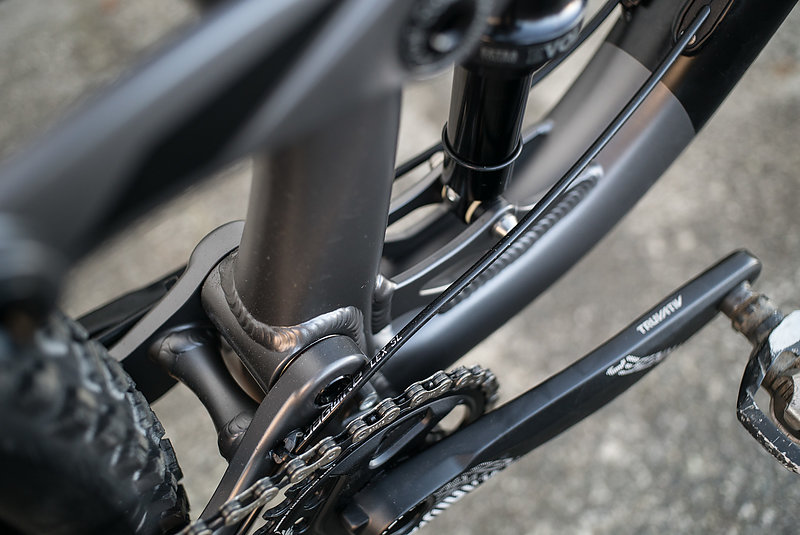
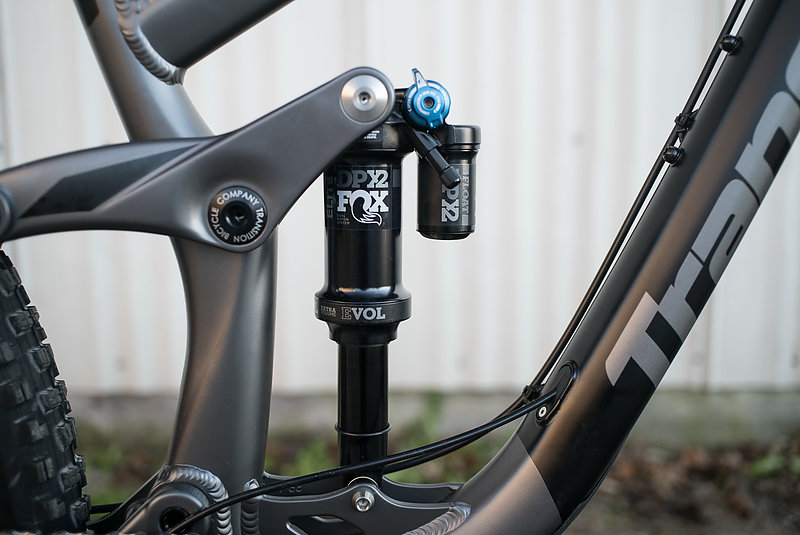
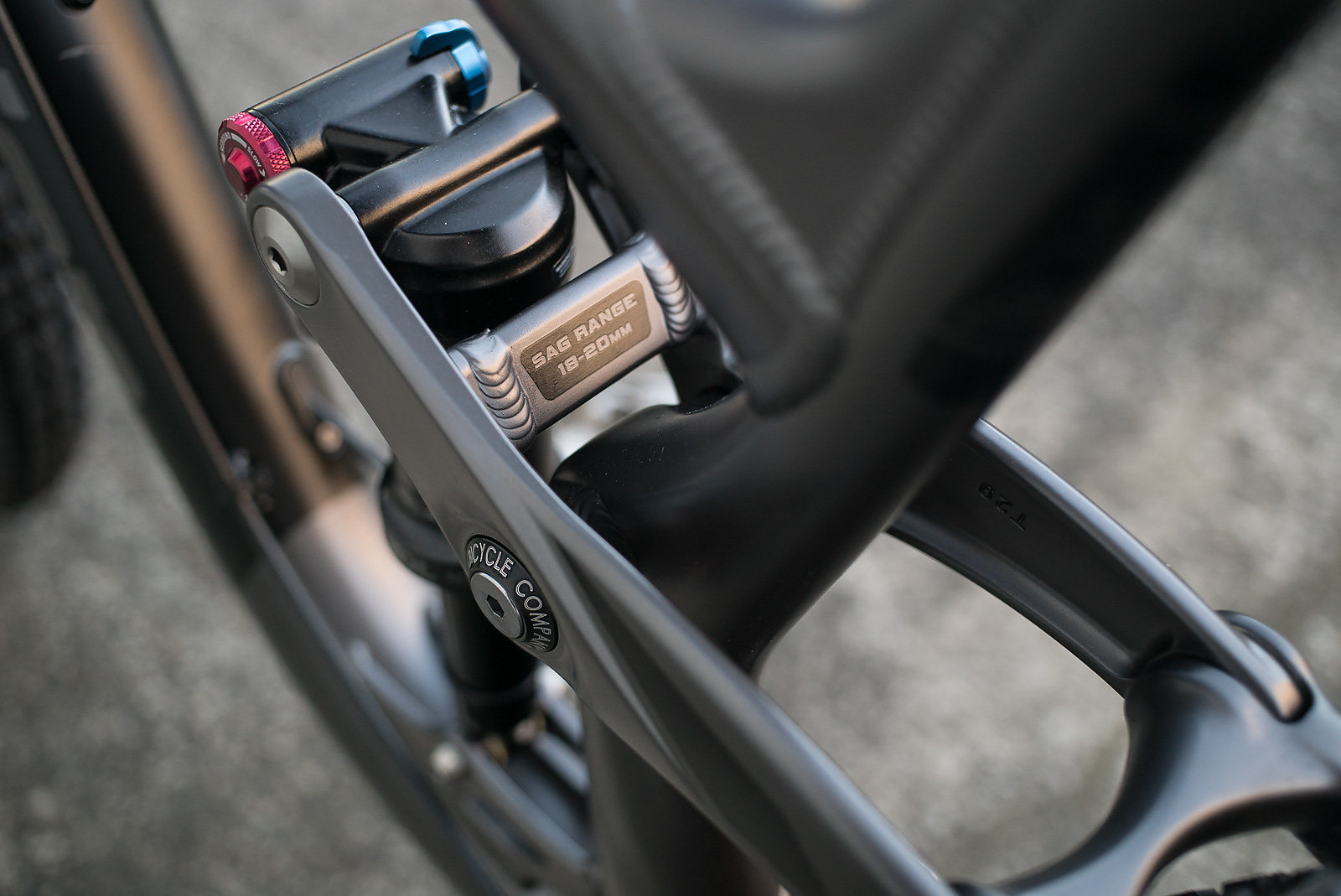
With geometry more common to a downhill bike the sentinel actually has the ability to make you a faster rider. It rewards risky moves and makes it easy to save your mistakes. The steering is so relaxed that it doesn’t squirm in the middle of a high speed corner. The exciting part was how much fun it was to take off jumps. I expected it to claw into the ground and never let go, but that was not the case—it loves to get airborne. The bike pushes you to carry more speed into jumps and I managed to get a few hard bottom outs of the rear end as I landed deeper into jumps than ever before.
On top of its sending ability, the sentinel has an appetite for steep and unforgiving terrain. The longer wheelbase and slack head angle encourage you to ride harder than you have before. Paired with the stability of the larger wheels you feel like you can do no wrong out on the trail. Going a little too fast? Don’t worry about it. The geometry lets you get a little risky and still make it home in one piece.
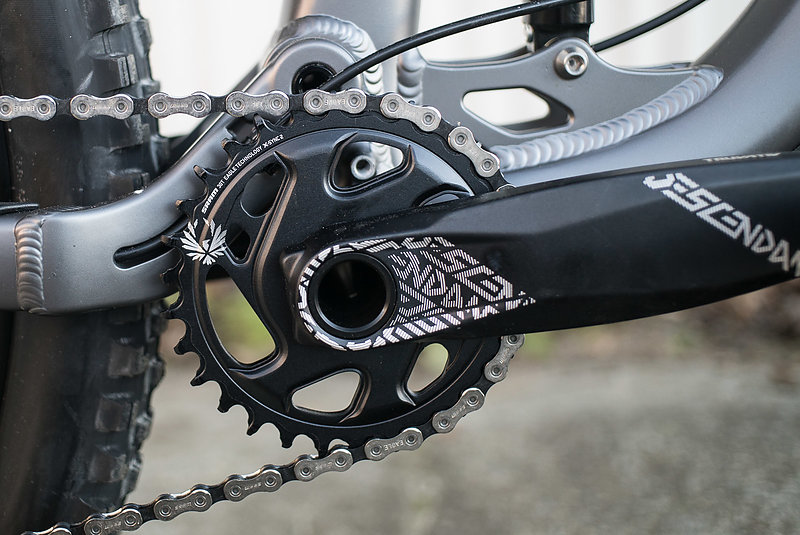
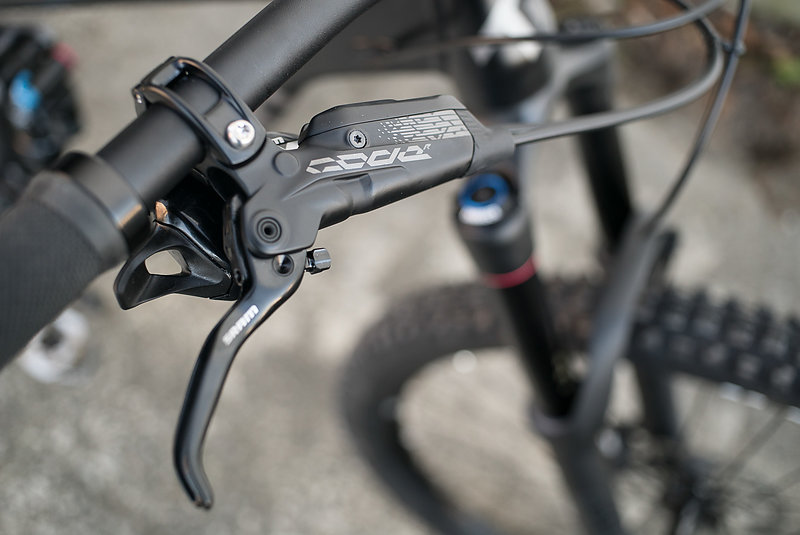
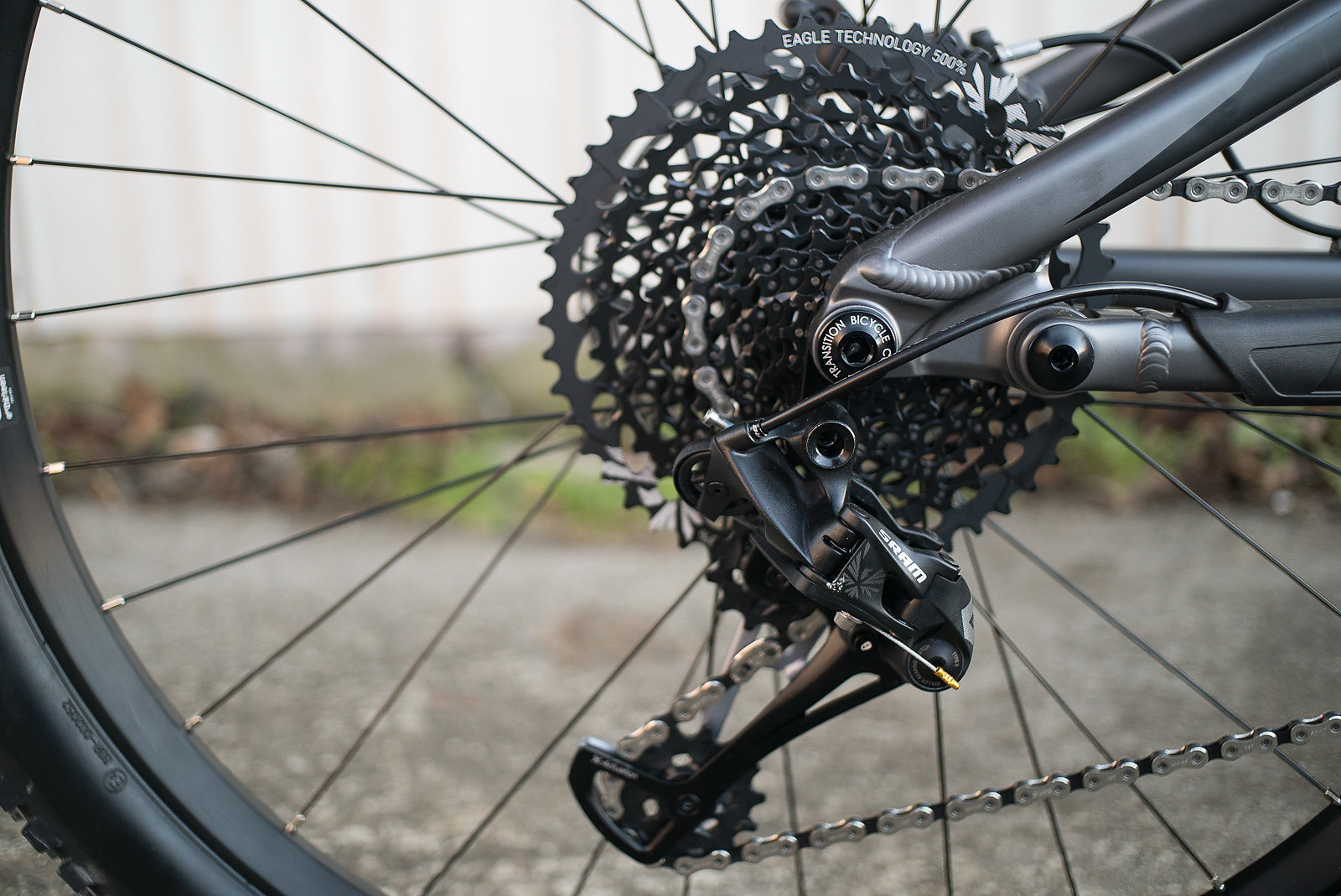
Spec
Transition provides a full range for the buildup—from carbon X01 to alloy NX and everything in between. Riding the alloy GX build, the eagle drive train took a minute to settle in, but never complained again. The suspension was ultra-plush, with the Fox DPX2 rear shock being super active with a fast resetting rebound damper that loves multiple hits in a row. The Rockshox Lyric up front proved to be plush off the top end and nice and supportive in the mid/top stroke with a handful of volume reducers added.
On the more nit-picky side of things, the Anvil seat was way too firm for my seasoned bottom and the supplied grips were pretty small. I was left looking to swap them out for some fatter, cushier grips that could keep me hanging on for a 2000-foot decent. The E*Thirteen TRS 30mm wheels are a great fit and felt strong and laterally stiff. The code brakes, however, are the real show stopper on this build. You can play chicken with yourself into corners and have plenty of power to slow down in a heartbeat.
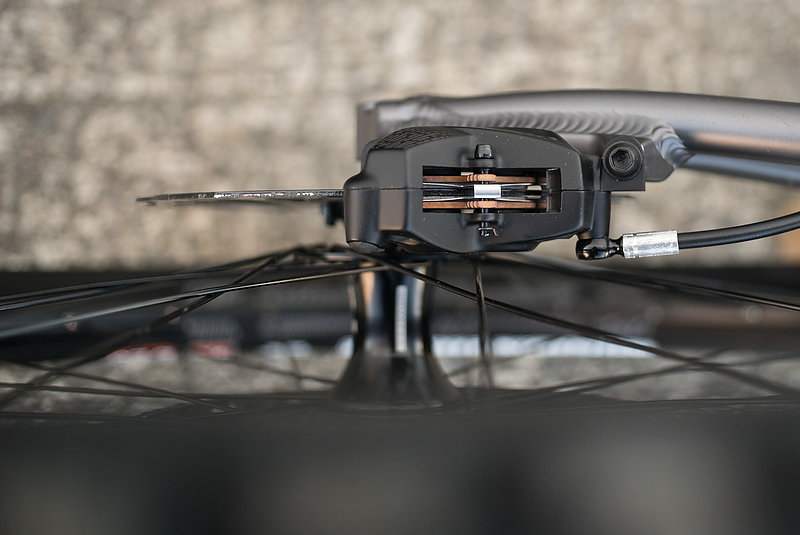
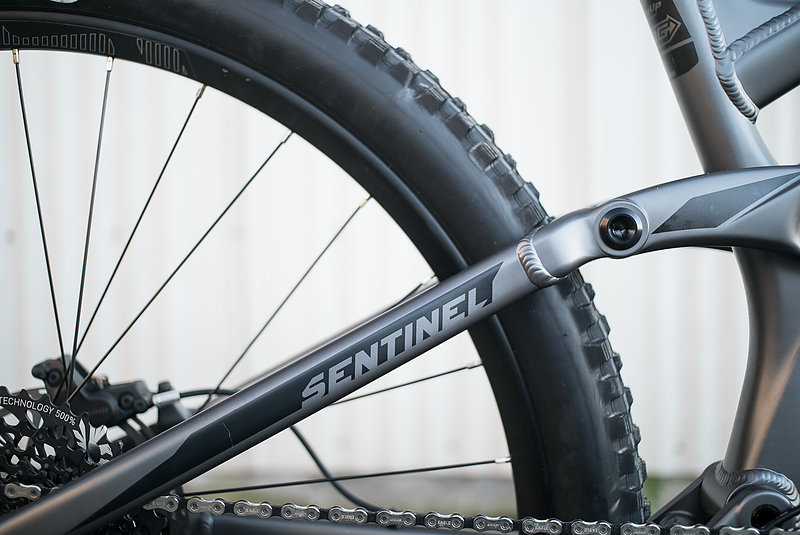

Final Thoughts
The sentinel is a bike that doesn’t look to explain itself or mark incremental progress. It is a symphony of new geometry that will let (or sometimes make) you ride more aggressively. With the beefy build, its a bike that can handle even the steepest and rowdiest descents with ease and style. This is a great option for the aggressive rider who wants a one bike quiver.
If you’re skeptical, but curious about 29ers, love scaring yourself on the steeps, or want to be able to monster-truck through everything with finesse, the Sentinel is fully capable of exceeding your dreams.
Transition Sentinel Alloy
MSRP: $3,999.00
See more at http://www.transitionbikes.com
